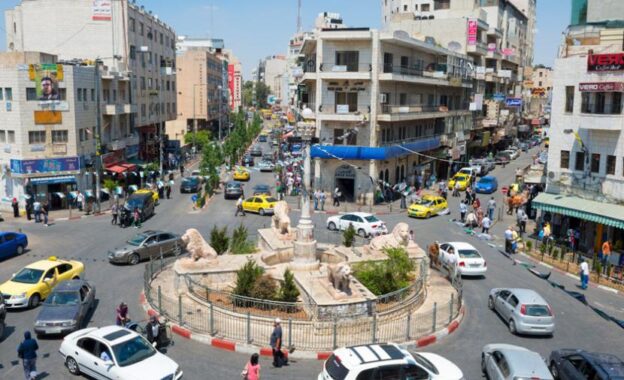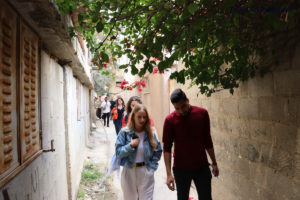Ramallah, located in the central West Bank or Ramallah Bank, acts as the de facto administrative capital of the State of Palestine. Positioned on the Judaean Mountains, approximately 10 kilometers north of Jerusalem, it sits at an average elevation of 872 meters above sea level and is closely linked to al-Bireh.
Table of Contents
Historical Evolution of Ramallah
Ramallah boasts structures containing masonry dating back to the era of Herod the Great, yet no intact building predates the Crusades of the 11th century. Its modern inception traces back to the 16th century when the Hadadeens, an Arab Christian clan descending from the Ghassanids, established it. In 1517, the city was assimilated into the Ottoman Empire, and in 1920, it fell under British Mandatory Palestine following its seizure by the United Kingdom during World War I.
During the 1948 Arab–Israeli War, Ramallah, along with the entire West Bank, was occupied and annexed by Transjordan. Subsequently, Israel took over Ramallah during the 1967 Six-Day War. Since the signing of the 1995 Oslo Accords, Ramallah has been under the governance of the Palestinian National Authority (PNA) as part of Area A in the West Bank.
Political, Cultural, and Economic Hub
Over the past few years, Ramallah has risen as a pivotal hub for politics, culture, and commerce. It accommodates numerous Palestinian governmental institutions, such as the Mukataa, serving as the official residence of the President of the Palestinian National Authority, alongside the Palestinian Legislative Council and the headquarters of the Palestinian Security Services. Additionally, Ramallah hosts several museums, and cultural establishments, and boasts a vibrant nightlife. Despite its historical Christian majority, the demographic landscape shifted over time, with Muslims comprising the majority of Ramallah’s 38,998 inhabitants by 2017, while Christians constituted a notable minority.
Scenic Beauty and Geographic Charm
Ramallah lies adjacent to Al Bireh. Revered as the “Bride of Palestine,” Ramallah earns this title owing to its overall scenic charm and geographical allure.
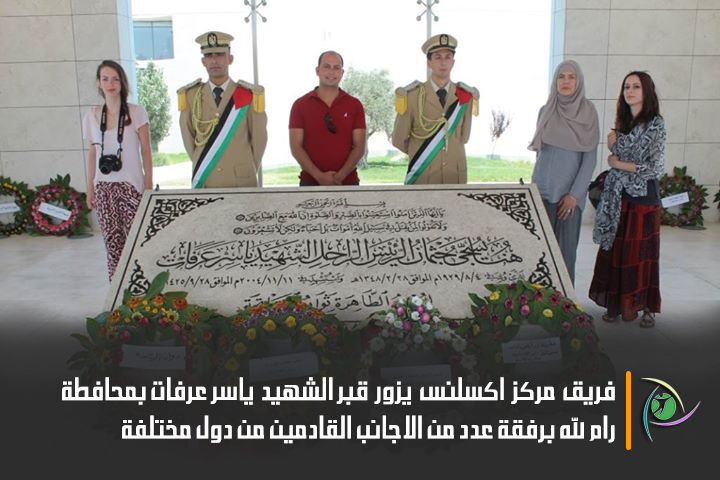
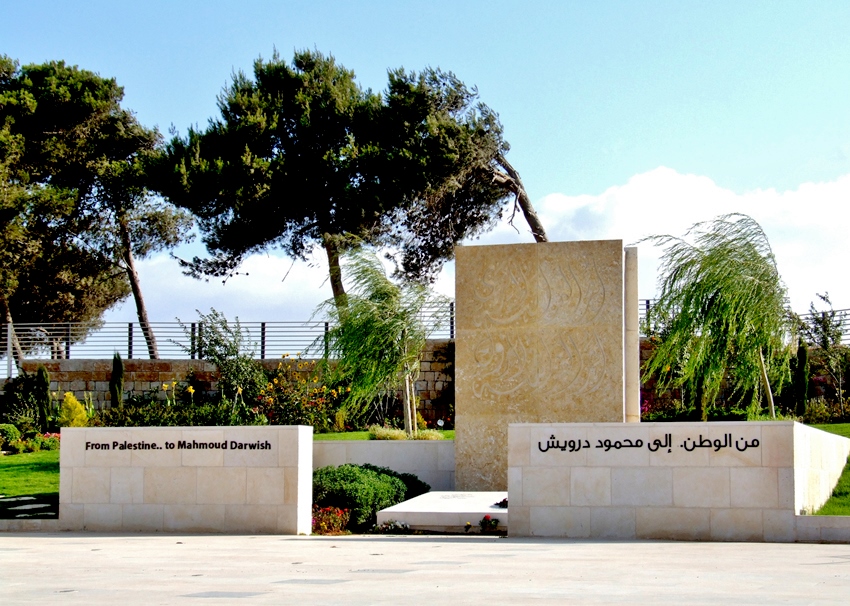
Affluence, Culture, and Liberalism
Ramallah is widely regarded as the most affluent, culturally vibrant, and liberal among Palestinian cities, and it boasts a plethora of renowned Palestinian activists, poets, artists, and musicians. Its pleasant and cool climate has made it a sought-after summer retreat, and remnants of its rich history, such as the French Crusaders’ stronghold known as At-Tira, still stand in the old town. Additionally, Ramallah offers an array of modern amenities, including town centers, museums, art galleries, theaters, parks, upscale dining establishments, comfortable accommodations, efficient transportation, and hospitable locals.
What are the Must-sees in Ramallah?
Would you like to discover the essential landmarks that define the allure of Ramallah, a vibrant Palestinian city nestled in the heart of the West Bank? From the historic Mukataa to the bustling streets of its cultural center, Ramallah beckons with a tapestry of political, architectural, and artistic marvels ripe for exploration.
Al-Bireh
Al-Bireh is one of Palestine’s ancient cities, closely intertwined with Ramallah, often regarded as its twin. Situated strategically, it served as a pivotal crossroads for trade between the northern and southern regions, positioned along the caravan route connecting Jerusalem and Nablus. Its historical roots trace back to the Canaanite era, during which its name was “Beeroth,” translating to “water wells” in Aramaic. Throughout the Roman epoch, the city bore the name “Berta,” signifying “Castle.” Under Crusader rule, it became Mahumeria, later evolving into Magna Mahumeria, connoting “worshiping.” The Crusaders erected a tower and an administrative edifice, serving as their central headquarters during their occupation.
Al-Bireh holds significance in Christian history as part of Jesus Christ’s journey from Jerusalem to Nazareth. According to tradition, Jesus separated from his parents in Jerusalem, prompting Mary to return from Al-Bireh to Jerusalem to reunite with him before their departure to Nazareth. This event led to the establishment of the Byzantine Holy Family Church in Al-Bireh, with remnants still present in the Old City.
Referred to as the “Holy Family Church,” its existence dates from September 1128, when Pope Honorius II confirmed its status and that of surrounding villages to the Holy Sepulcher. By around 1172, records suggest that the church dedicated to Saint Mary, once belonging to the Templars, might have undergone conversion into a mosque during the Ayyubid period.
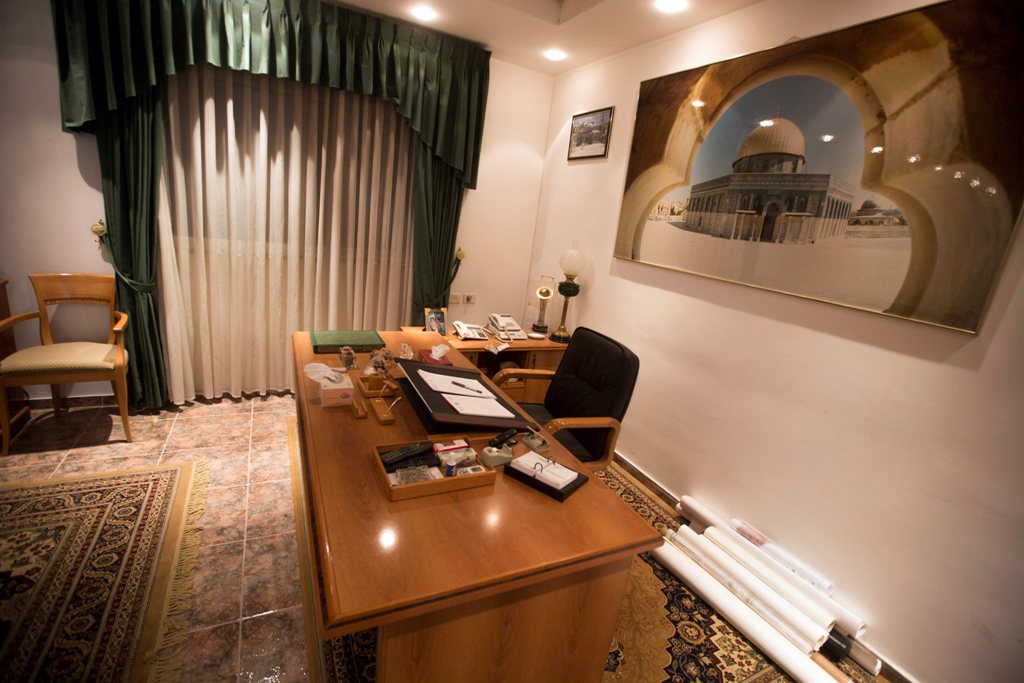
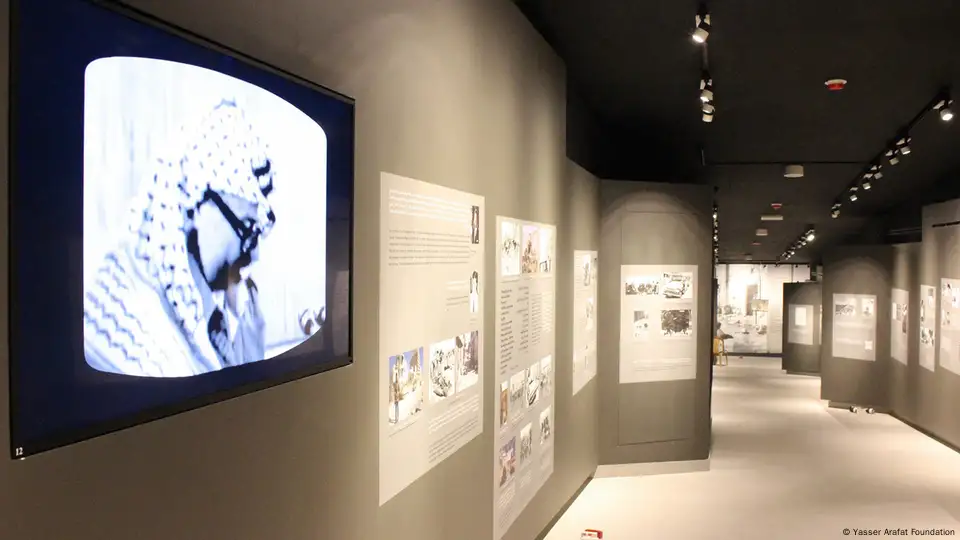
Taybeh
Situated 12 kilometers northeast of Ramallah, the picturesque town of Taybeh offers breathtaking views of the surrounding desert wilderness, the Jordan Valley, Jericho, and the Dead Sea from its elevated location. Steeped in history and culture, Taybeh boasts the remnants of a Byzantine church known as Al-Khader (Saint George) to the east of the town. Still standing are two chapels, an entrance portico and stairway, sections of a mosaic floor, and a well-preserved baptistery.
Originally constructed during the Byzantine era, the church was later rebuilt by the Crusaders in the twelfth century. In 2010, the Department of Antiquities unearthed a tomb dating back to the Byzantine to early Islamic periods. Ongoing restoration efforts have revitalized downtown Taybeh, while the town also hosts an annual Octoberfest celebration.
Birzeit
The town of Birzeit, nestled in the hills approximately ten kilometers north of Ramallah, traces its roots back to the ancient Berzetho of the Greek-Roman era. Evidence of its Bronze Age occupation is found at Tell ar-Ras, located to the north of the town, while archaeological findings at Khirbet Birzeit attest to its continuous inhabitation during the Iron Age and the Greek-Roman period. The town’s central buildings, constructed during the Mamluk and Ottoman periods, reflect its rich historical legacy. Today, Birzeit is famous for being the location of Birzeit University, the oldest university in Palestine, established in 1924.
Jifna
Situated in proximity to Birzeit, Jifna stands as a quaint and picturesque village that once held significance as an essential Roman-Byzantine urban center. Formerly recognized as Gophna in writings by Josephus, Jifna served as the regional hub during the initial century AD. Presently, Jifna has transformed into a favored summer destination, featuring an array of al fresco dining options, bars, and cafes.
Ein Kenya Nature Reserve
Situated seven kilometers northwest of Ramallah, Ein Kenya is a stunning natural reserve renowned for its natural springs. Abounding with diverse flora and fauna, including wild plants, birds, and animals, Ein Kenya offers an ideal setting for picnics and hiking excursions.
Conclusion
In conclusion, Ramallah stands as a multifaceted gem within the heart of the West Bank, embodying the essence of Palestinian heritage and modernity. Its historical evolution, from ancient structures dating back to the time of Herod the Great to its modern incarnation as the administrative capital of the State of Palestine, reflects the resilience and adaptability of its inhabitants. As a political, cultural, and economic hub, Ramallah beckons with a wealth of attractions, including governmental institutions, museums, and a vibrant nightlife.
Its scenic beauty, coupled with its rich historical and cultural tapestry, makes it a must-see destination for travelers seeking to immerse themselves in the essence of Palestinian identity. From Al-Bireh’s ancient heritage to the picturesque charm of Taybeh and the natural splendor of Ein Kenya, Ramallah offers a diverse range of experiences that captivate the senses and nourish the soul. Whether exploring its historic landmarks or basking in its natural beauty, Ramallah invites visitors to embark on a journey of discovery and enlightenment, embracing the past while embracing the promise of the future.
